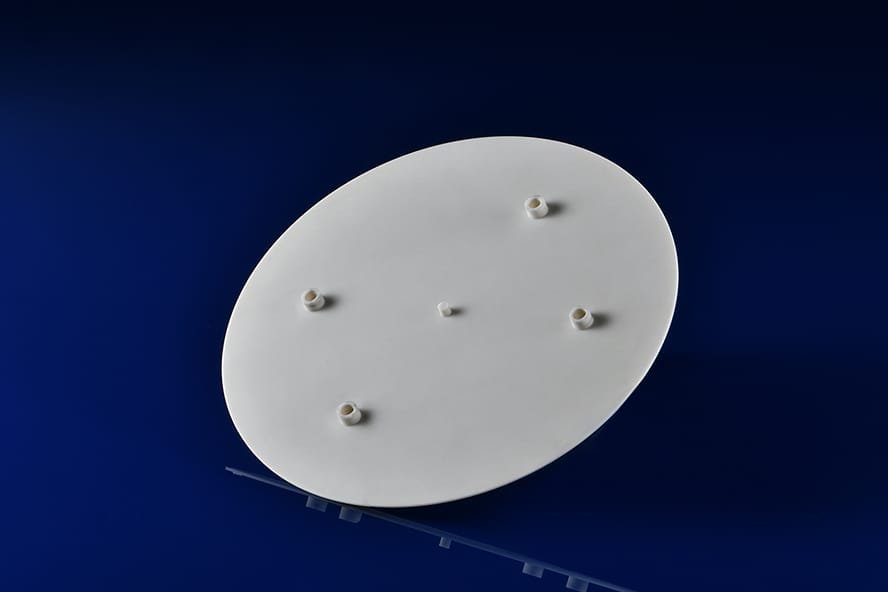Thermally Conductive Ceramics Overview
High thermal conductivity ceramic materials are rapidly changing the rules of the game in the efficient thermal management industry, usually materials such as aluminum nitride, silicon carbide and hexagonal boron nitride, playing an irreplaceable role in aerospace, energy and electronics. Their unique properties, uses and comparison with traditional materials will help you better choose the right material for your project.

Why Does Thermal Conductivity Matter?
Effective heat management is critical in high-performance applications. Without it, systems risk overheating, reduced efficiency, and potential failure. Thermally conductive ceramics offer key advantages
- Improved Performance: They dissipate heat quickly to keep systems operating within safe limits.
- Durability: Their ability to handle thermal stress prevents wear and extends component life.
- Space Efficiency: High thermal conductivity enables more compact and lightweight designs.
Advanced thermally conductive ceramic materials

Thermal Conductivity: Up to 220 W/mK.
Applications: Found in microelectronics, LED substrates, and power modules.
Strengths: Combines high thermal conductivity with excellent electrical insulation and process compatibility.

Thermal Conductivity: Up to 120 W/mK.
Applications: Ideal for heat exchangers, power electronics, and mechanical seals.
Strengths: Offers high strength, wear resistance, and impressive thermal conductivity.

Thermal Conductivity: Approximately 60 W/mK.
Applications: Used in lubricants, thermal interface materials, and fillers.
Strengths: Lightweight, chemically stable, and thermally robust.
Applications Across Key Industries
Electronics
These ceramics are essential in electronic systems, helping to manage heat in microprocessors and serving as reliable substrates for LED modules.
Aerospace
Lightweight and thermally efficient, ceramics like silicon carbide are used in heat shields, engine components, and onboard electronics.
Power Generation
In power systems, thermally conductive ceramics improve the efficiency of turbines, reactors, and heat exchangers by handling extreme temperatures and environments.
Medical Devices
Medical imaging and diagnostic equipment rely on these materials to maintain stable temperatures in high-power components.
Comparing Ceramics and Metals
- Electrical Insulation: Ceramics don’t conduct electricity, making them ideal for electronic applications.
- Weight Savings: Lighter than metals, ceramics reduce overall system weight.
- Chemical Resistance: Resistant to oxidation and corrosion, ceramics last longer in harsh conditions.
Choosing the Right Ceramic Material
The most appropriate material depends on your specific application: Thermal Demand: For maximum thermal conductivity, usually the best choice. Mechanical replacement of aluminum is usually the best choice. Preferred: Choose silicon carbide in high-efficiency environments. Cost vs. Performance: Consider reasonable constraints and performance requirements.
